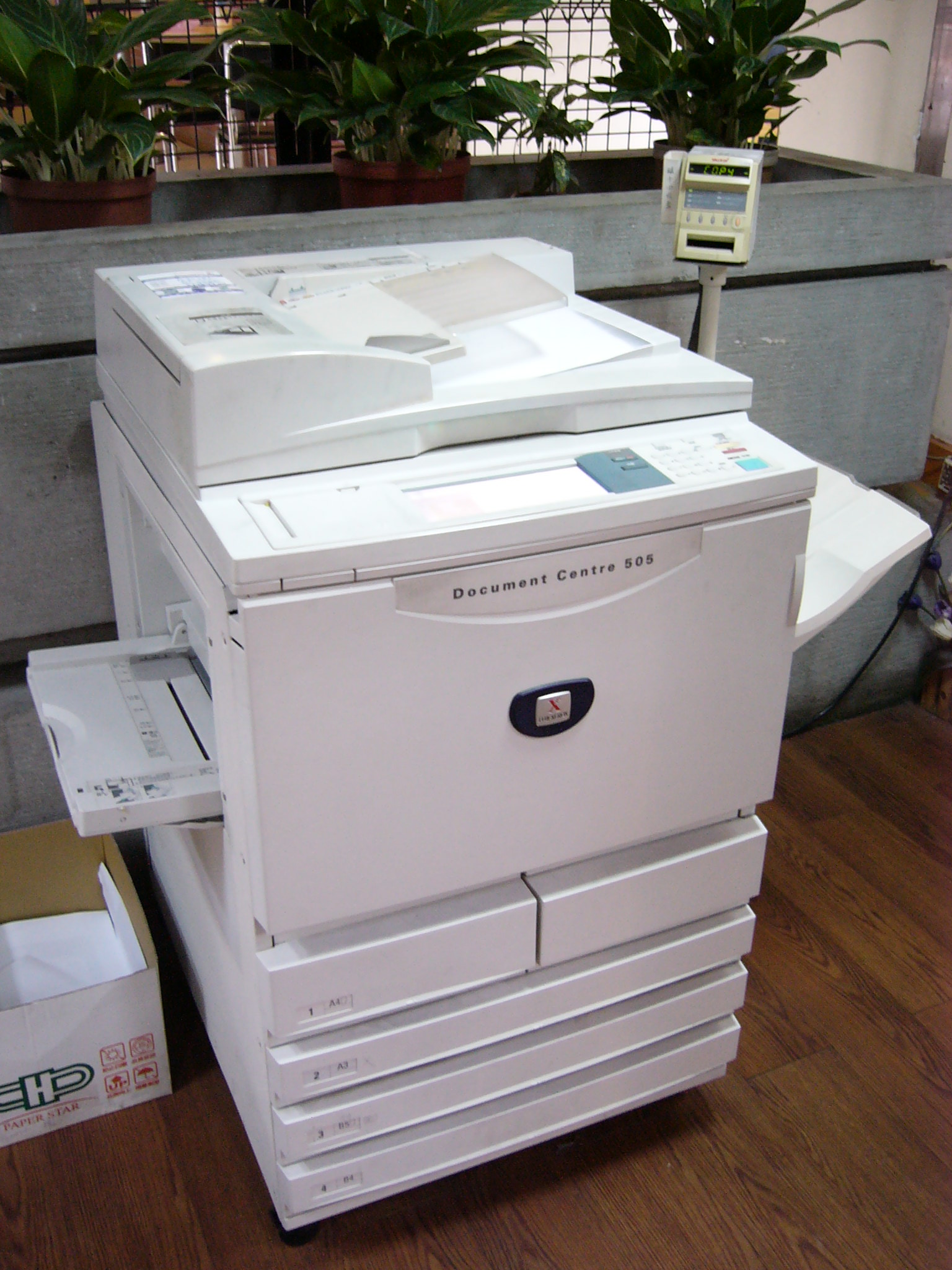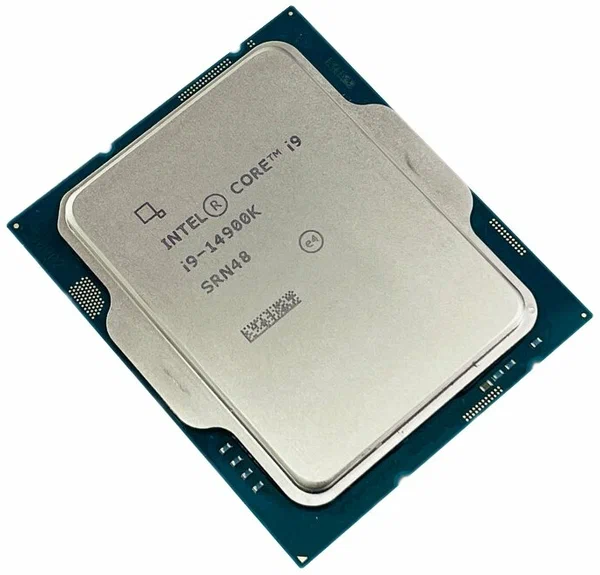|
Power Management
Power management is a feature of some electrical appliances, especially copiers, computers, computer CPUs, computer GPUs and computer peripherals such as monitors and printers, that turns off the power or switches the system to a low-power state when inactive. In computing this is known as PC power management and is built around a standard called ACPI which superseded APM. All recent computers have ACPI support. Motivations PC power management for computer systems is desired for many reasons, particularly: * Reduce overall energy consumption * Prolong battery life for portable and embedded systems * Reduce cooling requirements * Reduce noise * Reduce operating costs for energy and cooling Lower power consumption also means lower heat dissipation, which increases system stability, and less energy use, which saves money and reduces the impact on the environment. Processor level techniques The power management for microprocessors can be done over the whole processor ... [...More Info...] [...Related Items...] OR: [Wikipedia] [Google] [Baidu] |
PC Power Management
PC power management refers to software-based mechanisms for controlling the power use of personal computer hardware. This is typically achieved through software that puts the hardware into the lowest power demand state available, making it an aspect of green computing. A typical office PC uses about 90 watts when active (approximately 50 watts for the base unit, and 40 watts for a typical LCD screen); and three to four watts when ‘ asleep’. Up to 10% of a modern office’s electricity demand can be due to PCs and monitors.Sleepless of Seattle; Why Windows Power Management Doesn't Always Work, Mark Blackburn, Strategy Analyst, 1E, January 2009. While most PCs allow low power settings, there are frequently situations, especially in a networked environment, where processes running on the computer will prevent the low power settings from taking effect. This can have a dramatic effect on energy use that is invisible to the user. Operational testing has shown that on any given d ... [...More Info...] [...Related Items...] OR: [Wikipedia] [Google] [Baidu] |
LongRun
LongRun and LongRun2 are power management technologies introduced by Transmeta. LongRun was introduced with the Crusoe processor, while LongRun2 was introduced with the Efficeon processor. LongRun2 has since been licensed to Fujitsu, NEC, Sony, Toshiba, and NVIDIA Nvidia Corporation ( ) is an American multinational corporation and technology company headquartered in Santa Clara, California, and incorporated in Delaware. Founded in 1993 by Jensen Huang (president and CEO), Chris Malachowsky, and Curti .... LongRun automatically adjusted the processor, moving between higher performance but higher power, and lower power but lower performance. The goals of the automation could be adjusted. One control offered processor frequency levels, and the ability to set a minimum and maximum "window", where the automatic controls would not adjust the speed outside of the window. A second control offered a target of either "economy" or "performance". Some versions offered a third ... [...More Info...] [...Related Items...] OR: [Wikipedia] [Google] [Baidu] |
Photocopying
A photocopier (also called copier or copy machine, and formerly Xerox machine, the generic trademark) is a machine that makes copies of documents and other visual images onto paper or plastic film quickly and cheaply. Most modern photocopiers use a technology called '' xerography'', a dry process that uses electrostatic charges on a light-sensitive photoreceptor to first attract and then transfer toner particles (a powder) onto paper in the form of an image. The toner is then fused onto the paper using heat, pressure, or a combination of both. Copiers can also use other technologies, such as inkjet, but xerography is standard for office copying. Commercial xerographic office photocopying gradually replaced copies made by verifax, photostat, carbon paper, mimeograph machines, and other duplicating machines. Photocopying is widely used in the business, education, and government sectors. While there have been predictions that photocopiers will eventually become obsole ... [...More Info...] [...Related Items...] OR: [Wikipedia] [Google] [Baidu] |
Dynamic Frequency Scaling
Dynamic frequency scaling (also known as CPU throttling) is a power management technique in computer architecture whereby the frequency of a microprocessor can be automatically adjusted "on the fly" depending on the actual needs, to conserve power and reduce the amount of heat generated by the chip. Dynamic frequency scaling helps preserve battery on mobile devices and decrease cooling cost and noise on quiet computing settings, or can be useful as a security measure for overheated systems (e.g. after poor overclocking). Dynamic frequency scaling almost always appear in conjunction with dynamic voltage scaling, since higher frequencies require higher supply voltages for the digital circuit to yield correct results. The combined topic is known as dynamic voltage and frequency scaling (DVFS). Operation The dynamic power ('' switching power'') dissipated by a chip is ''C·V2·A·f'', where C is the capacitance being switched per clock cycle, V is voltage, A is the ''acti ... [...More Info...] [...Related Items...] OR: [Wikipedia] [Google] [Baidu] |
ARM Holdings
Arm Holdings plc (formerly an acronym for Advanced RISC Machines and originally Acorn RISC Machine) is a British semiconductor and software design company based in Cambridge, England, whose primary business is the design of central processing unit (CPU) cores that implement the ARM architecture family of instruction sets. It also designs other chips, provides software development tools under the DS-5, RealView and Keil brands, and provides systems and platforms, system-on-a-chip (SoC) infrastructure and software. As a "holding" company, it also holds shares of other companies. Since 2016, it has been majority owned by Japanese conglomerate SoftBank Group. While ARM CPUs first appeared in the Acorn Archimedes, a desktop computer, today's systems include mostly embedded systems, including ARM CPUs used in virtually all modern smartphones. Processors based on designs licensed from Arm, or designed by licensees of one of the ARM instruction set architectures, are used in all ... [...More Info...] [...Related Items...] OR: [Wikipedia] [Google] [Baidu] |
Intel VRT
The CPU core voltage (''VCORE'') is the power supply voltage supplied to the processing cores of CPU (which is a digital circuit), GPU, or any other device with a processing core. The amount of power a CPU uses, and thus the amount of heat it dissipates, is the product of this voltage and the current it draws. In modern CPUs, which are CMOS circuits, the current is almost proportional to the clock speed, the CPU drawing almost no current between clock cycles. (See, however, subthreshold leakage.) Power saving and clock speed To conserve power and manage heat, many laptop and desktop processors have a power management feature that software (usually the operating system) can use to adjust the clock speed and core voltage dynamically. Often a voltage regulator module converts from 5V or 12 V or some other voltage to whatever CPU core voltage is required by the CPU. The trend is towards lower core voltages, which conserve power. This presents the CMOS designer with a challenge, b ... [...More Info...] [...Related Items...] OR: [Wikipedia] [Google] [Baidu] |
Intel Core
Intel Core is a line of multi-core (with the exception of Core Solo and Core 2 Solo) central processing units (CPUs) for midrange, embedded, workstation, high-end and enthusiast computer markets marketed by Intel Corporation. These processors displaced the existing mid- to high-end Pentium processors at the time of their introduction, moving the Pentium to the entry level. Identical or more capable versions of Core processors are also sold as Xeon processors for the server and workstation markets. Core was launched in January 2006 as a mobile-only series, consisting of single- and dual-core models. It was then succeeded later in July by the Core 2 series, which included both desktop and mobile processors with up to four cores, and introduced 64-bit support. Since 2008, Intel began introducing the Core i3, Core i5, Core i7 and Core i9 lineup of processors, succeeding Core 2. A new naming scheme debuted in 2023, consisting of Core 3, Core 5, and Core 7 for mainstream processo ... [...More Info...] [...Related Items...] OR: [Wikipedia] [Google] [Baidu] |
Power Gating
Power gating is a technique used in integrated circuit An integrated circuit (IC), also known as a microchip or simply chip, is a set of electronic circuits, consisting of various electronic components (such as transistors, resistors, and capacitors) and their interconnections. These components a ... design to reduce power consumption, by shutting off the current to blocks of the circuit that are not in use. In addition to reducing stand-by or leakage power, power gating has the benefit of enabling Iddq testing. Overview Power gating affects design architecture more than clock gating. It increases time delays, as power gated modes have to be safely entered and exited. Architectural trade-offs exist between designing for the amount of leakage power saving in low power modes and the energy dissipation to enter and exit the low power modes. Shutting down the blocks can be accomplished either by software or hardware. Driver software can schedule the power down operations. ... [...More Info...] [...Related Items...] OR: [Wikipedia] [Google] [Baidu] |
LongHaul
VIA LongHaul is a CPU speed throttling and power saving technology developed by VIA Technologies. By executing specialized instructions, software can exercise fine control on the bus-to-core frequency ratio and CPU core voltage. When the system first boots, the ratio and voltage are set to hardware defaults. While the operating system runs, a ''CPU driver'' controls the throttling according to how much load is put on the CPU. This fine control over the CPU's operating parameters brings LongHaul in contrast to other competing technologies, where a CPU is typically allowed to switch between only two states - one that is fast but power-consuming and one that is slow but uses less power. However LongHaul is considered similar to Transmeta's LongRun technology. There are 3 versions of LongHaul: * Version 1 only supports dynamic frequency scaling and is implemented in the Cyrix III Samuel (C5A) core and C3 Samuel 2 (C5B) stepping 0 core. * Version 2 adds voltage scaling and is ... [...More Info...] [...Related Items...] OR: [Wikipedia] [Google] [Baidu] |
SpeedStep
Enhanced SpeedStep is a series of dynamic frequency scaling technologies (codenamed Geyserville and including SpeedStep, SpeedStep II, and SpeedStep III) built into some Intel's microprocessors that allow the clock speed of the processor to be dynamically changed (to different ''P-states'') by software. This allows the processor to meet the instantaneous performance needs of the operation being performed, while minimizing power draw and heat generation. EIST (SpeedStep III) was introduced in several Prescott 6 series in the first quarter of 2005, namely the Pentium 4 660. Intel Speed Shift Technology (SST) was introduced in Intel Skylake Processor. Enhanced Intel SpeedStep Technology is sometimes abbreviated as EIST. Intel's trademark of "Intel SpeedStep" was canceled due to the trademark being invalidated in 2012. Explanation Running a processor at high clock speeds allows for better performance. However, when the same processor is run at a lower frequency (speed), it gene ... [...More Info...] [...Related Items...] OR: [Wikipedia] [Google] [Baidu] |



